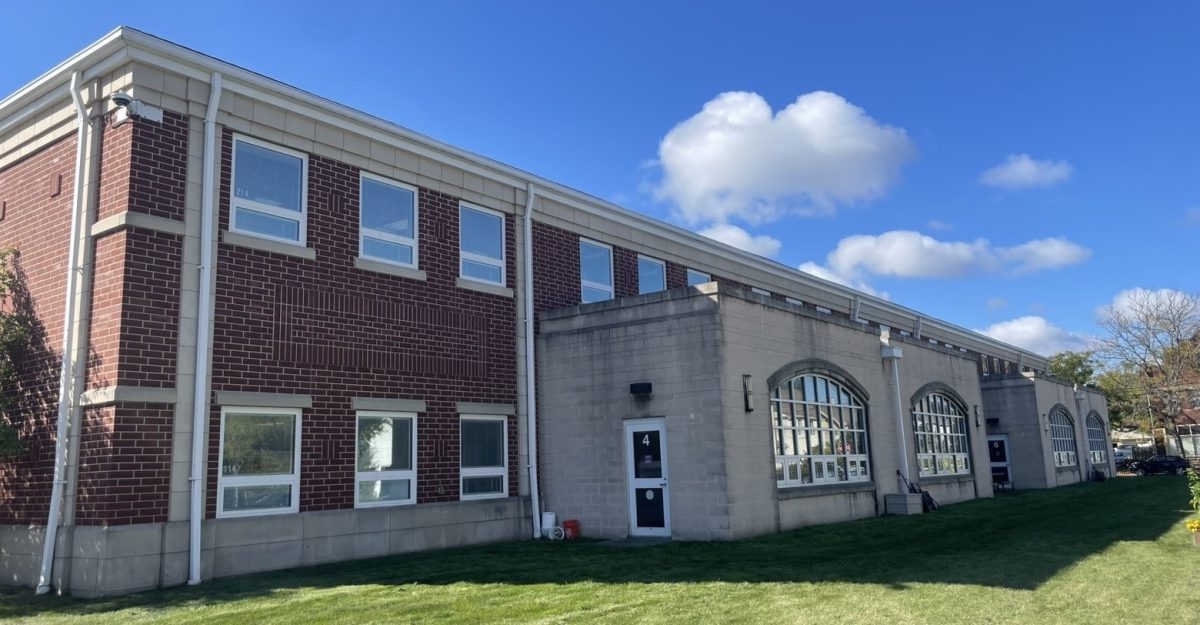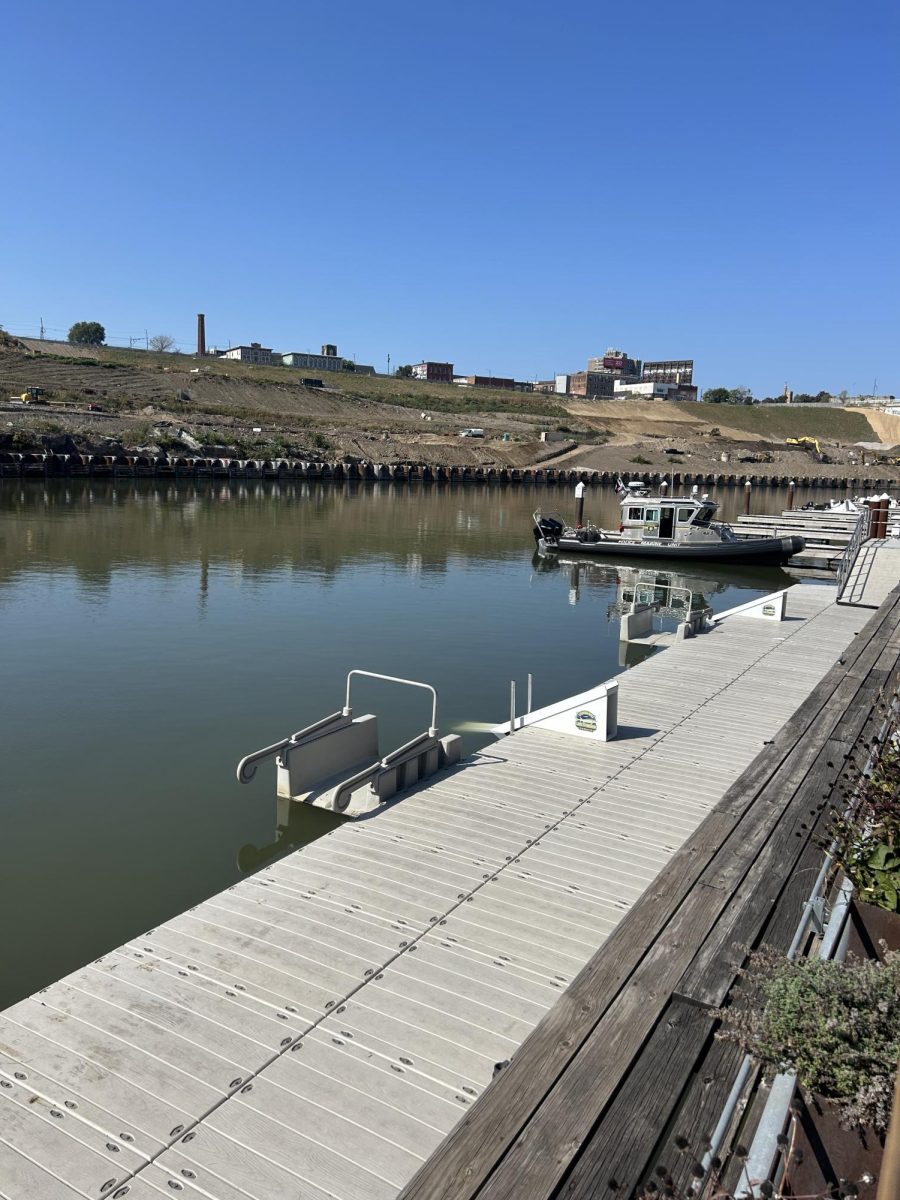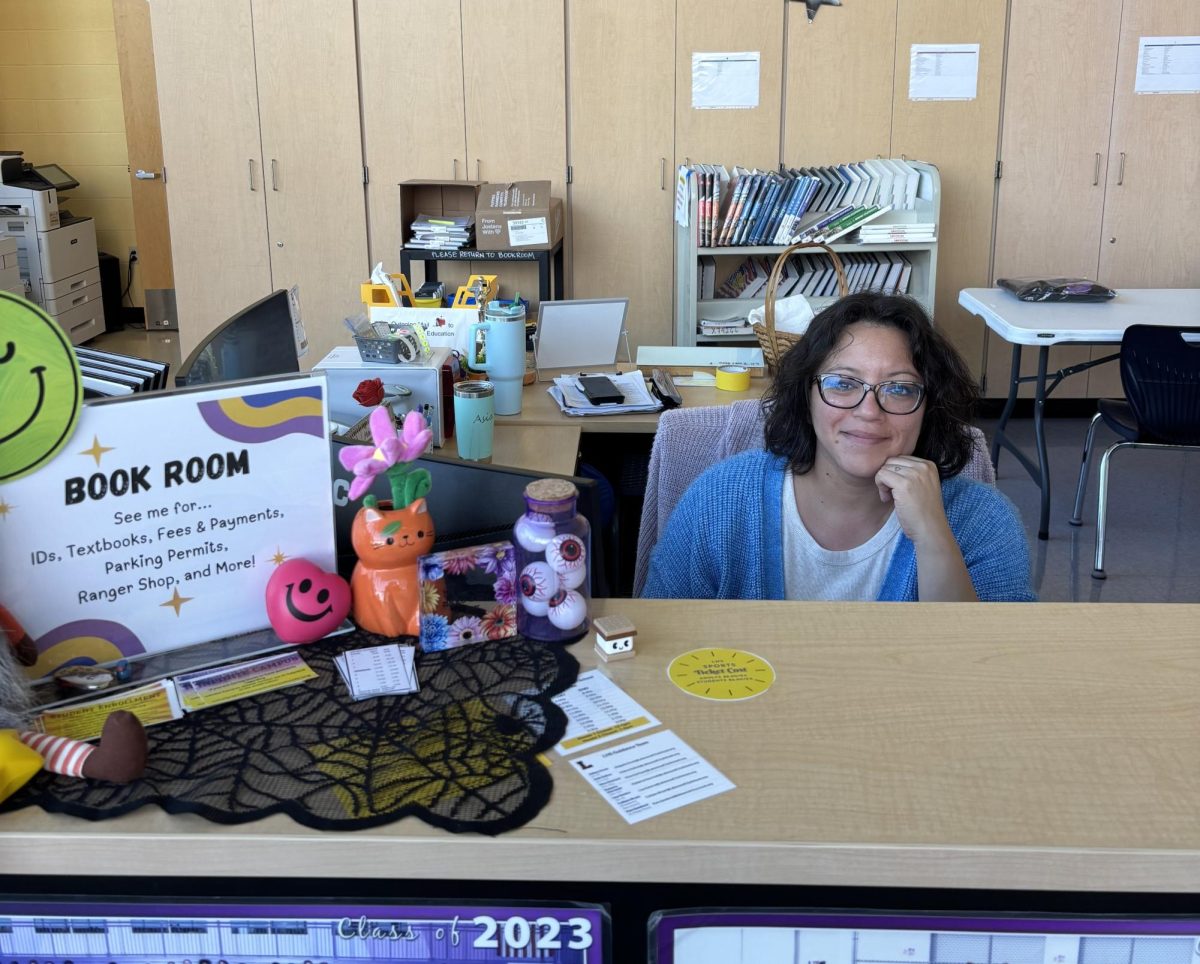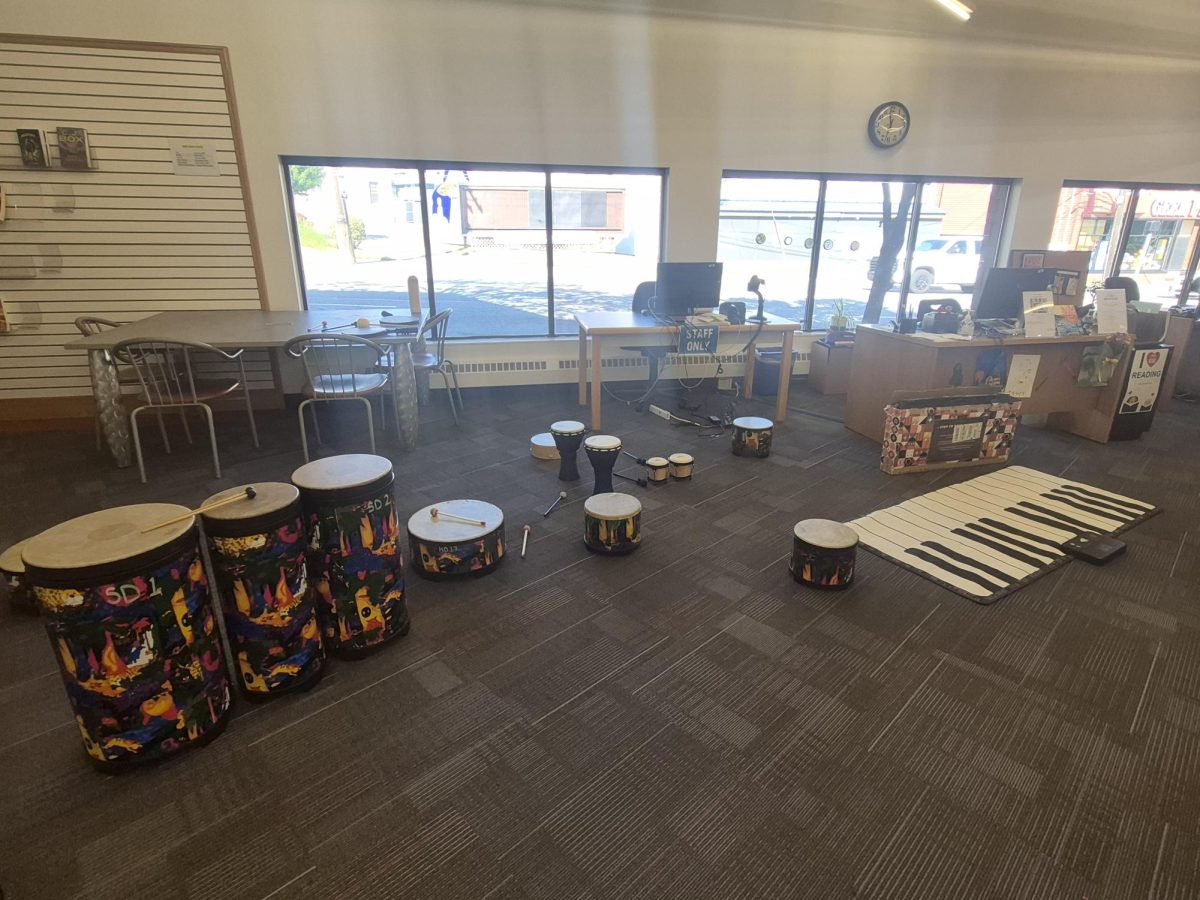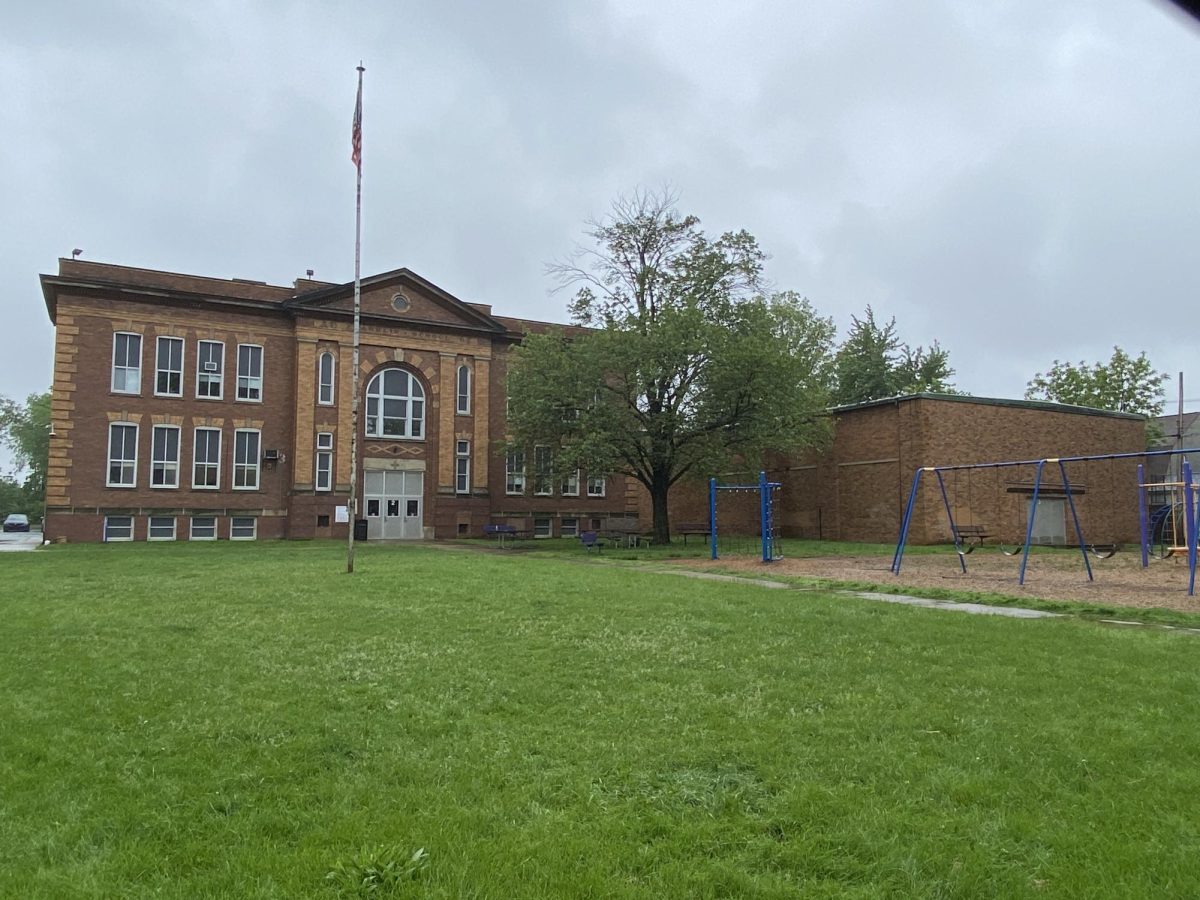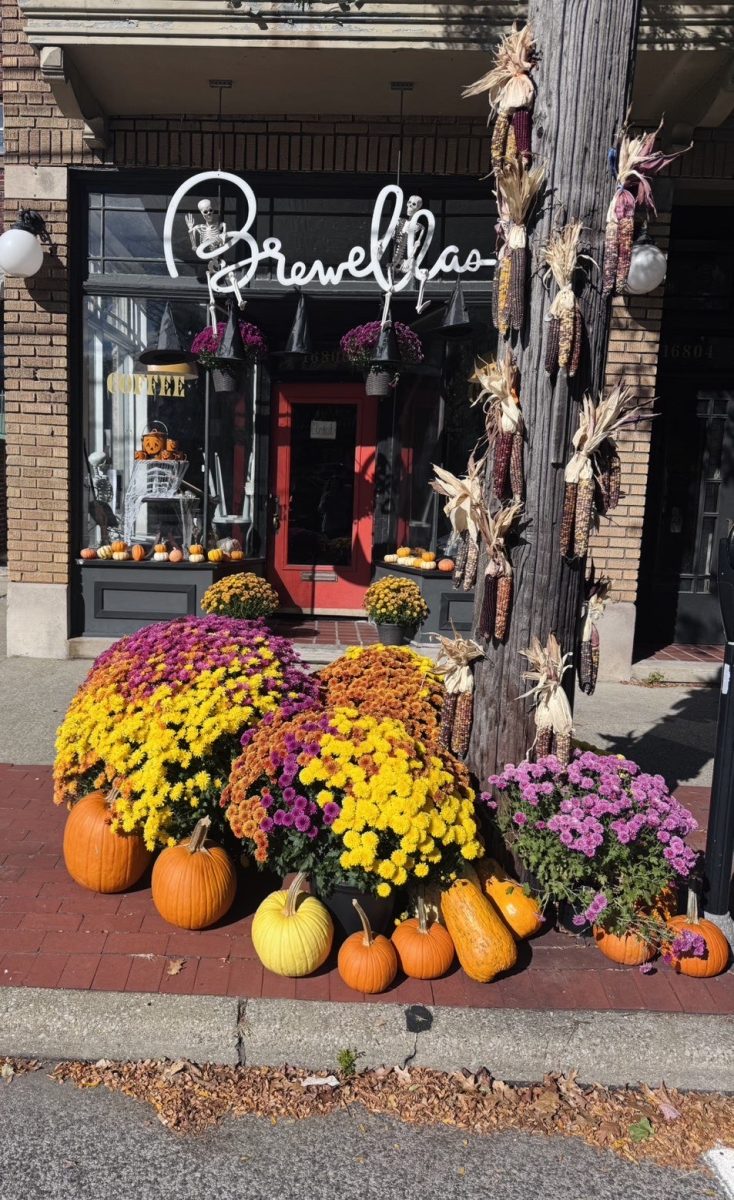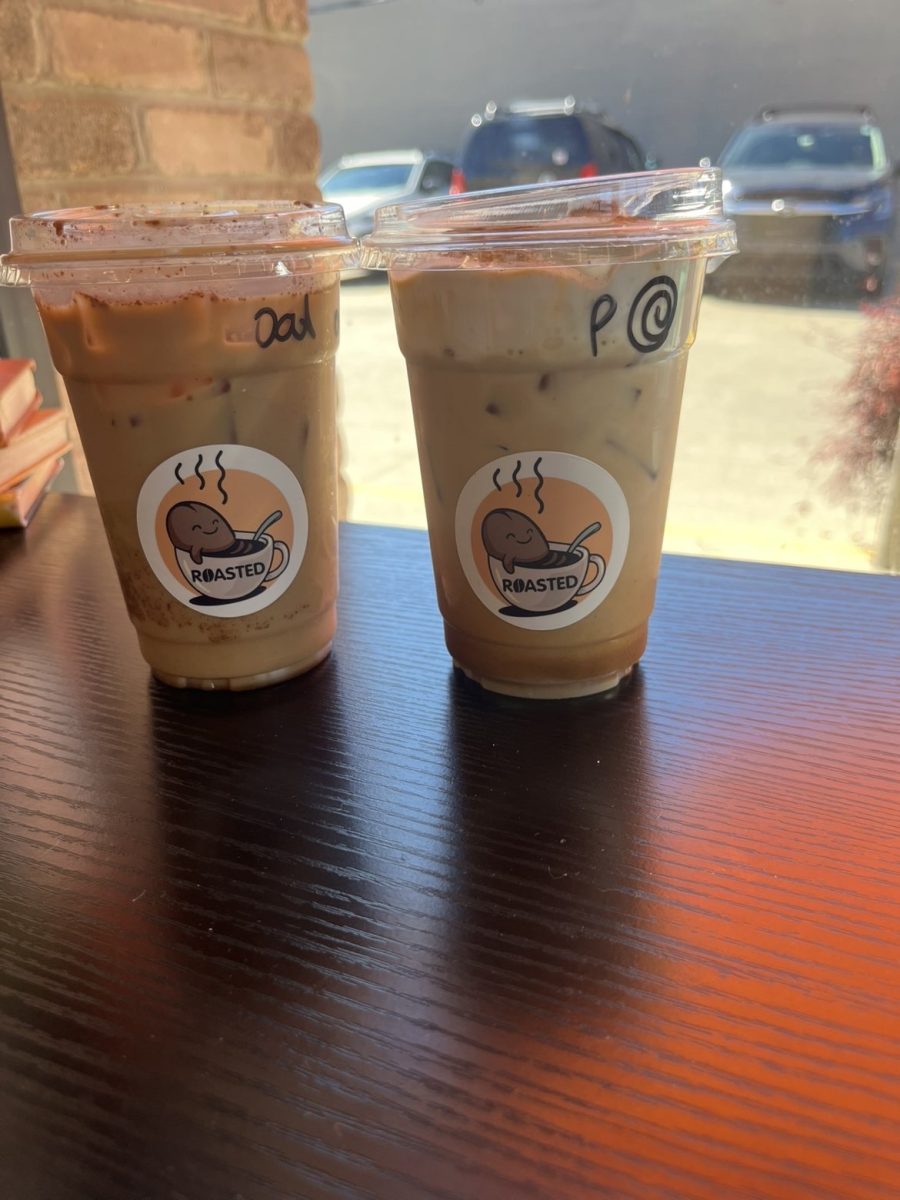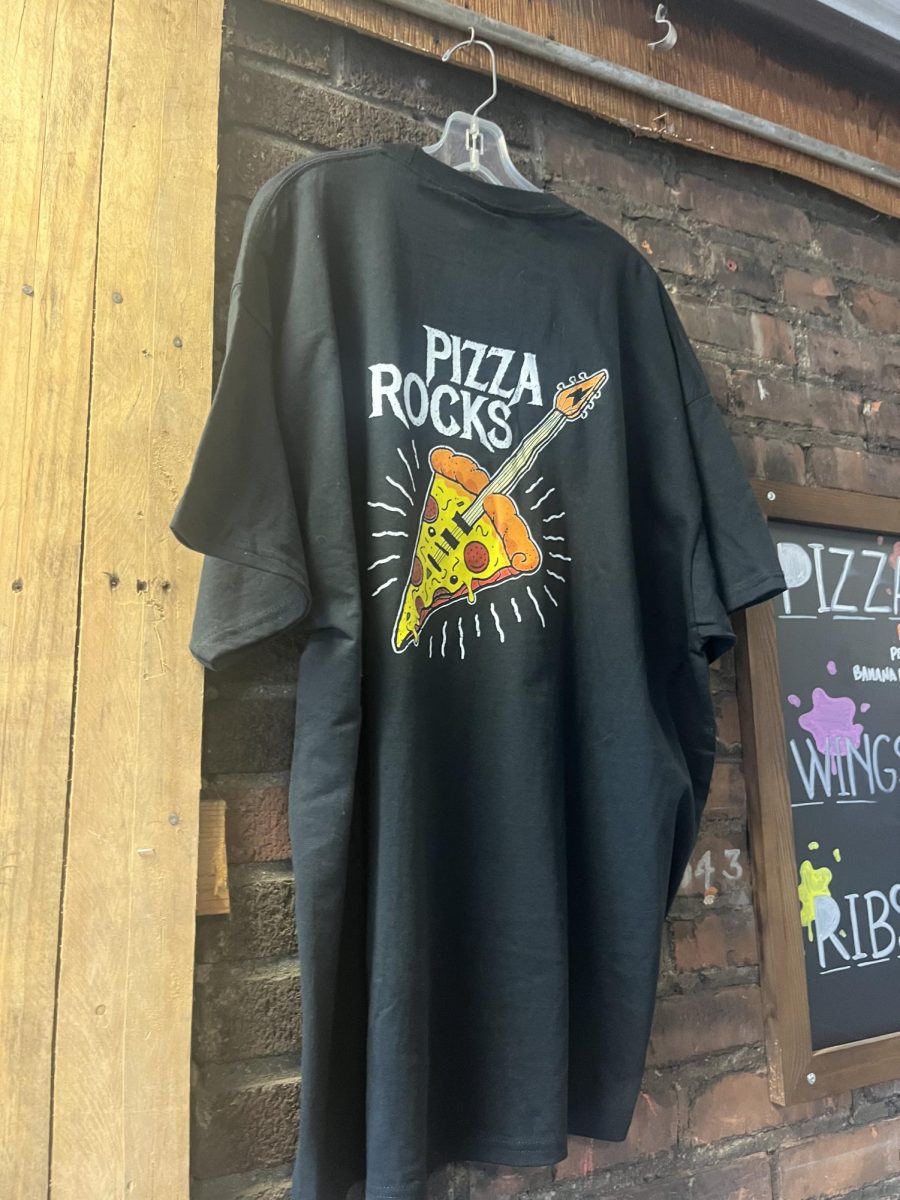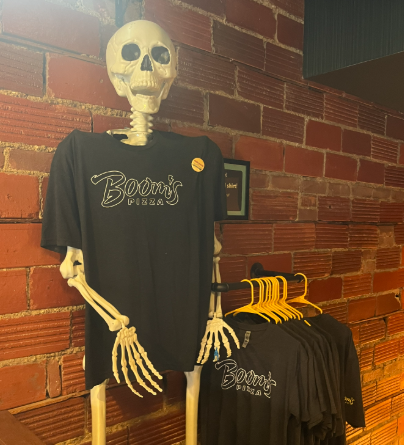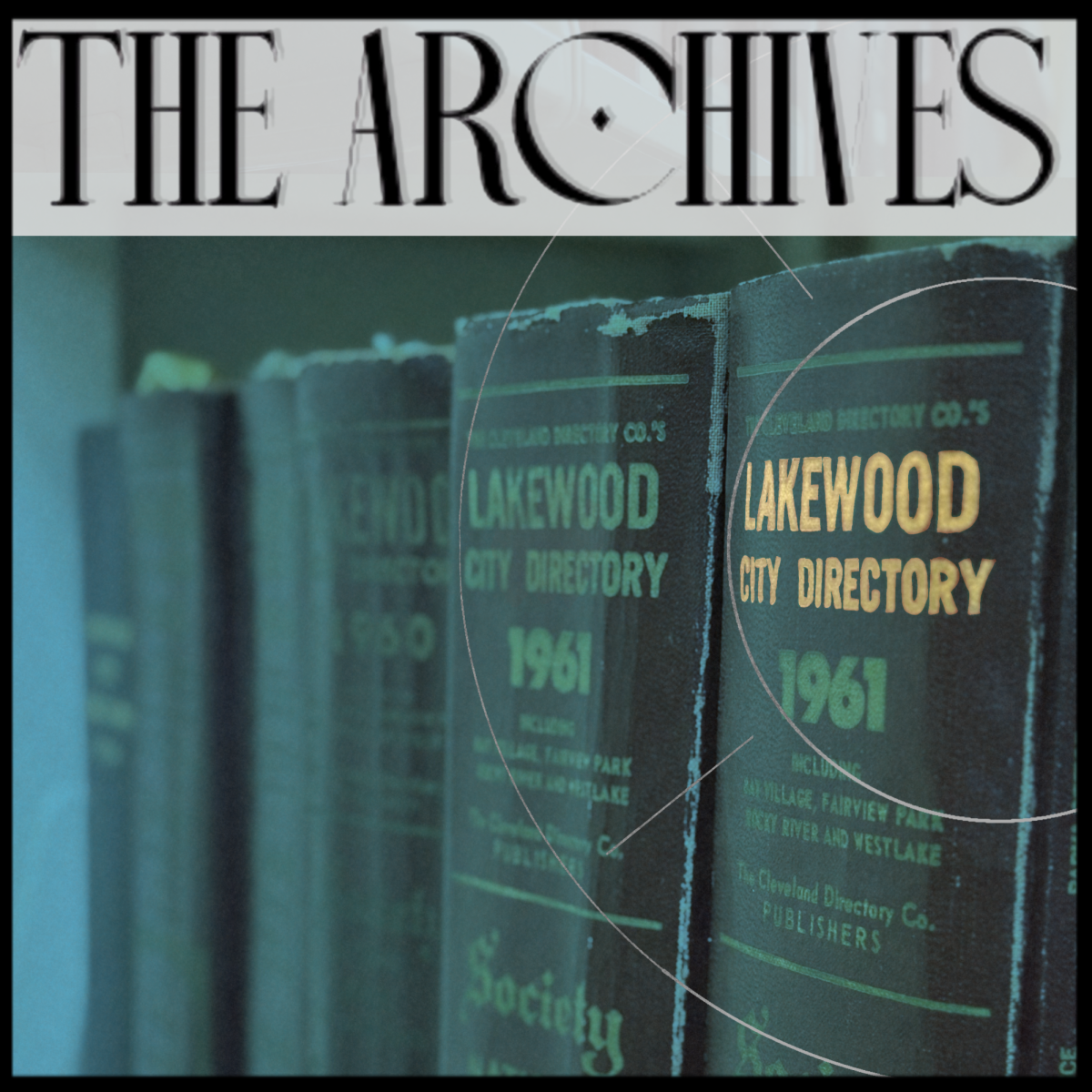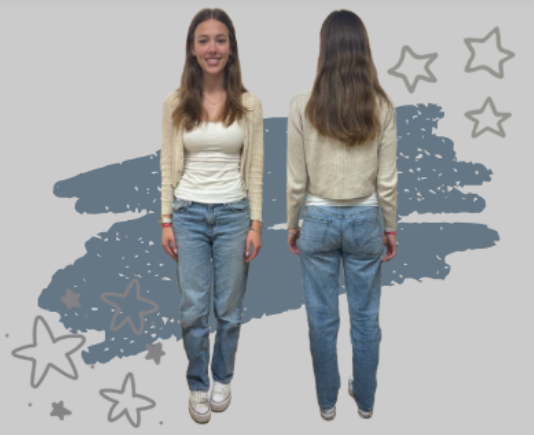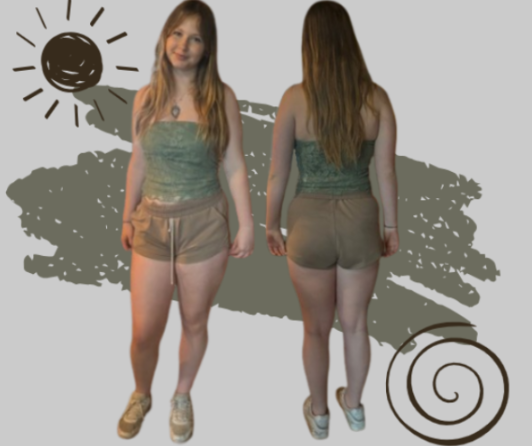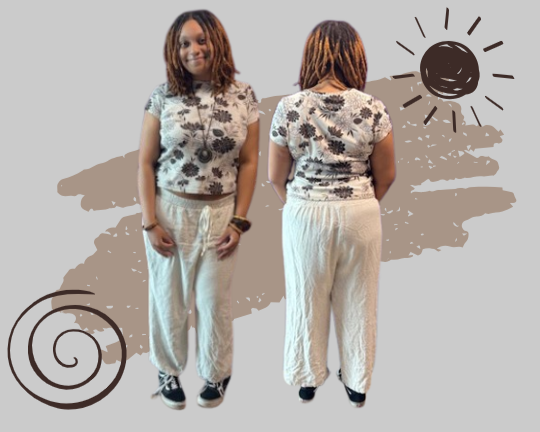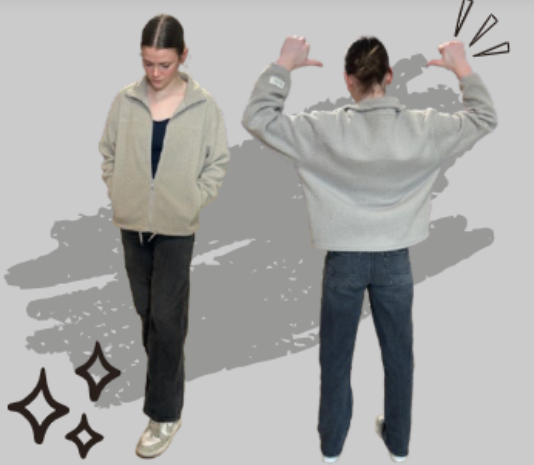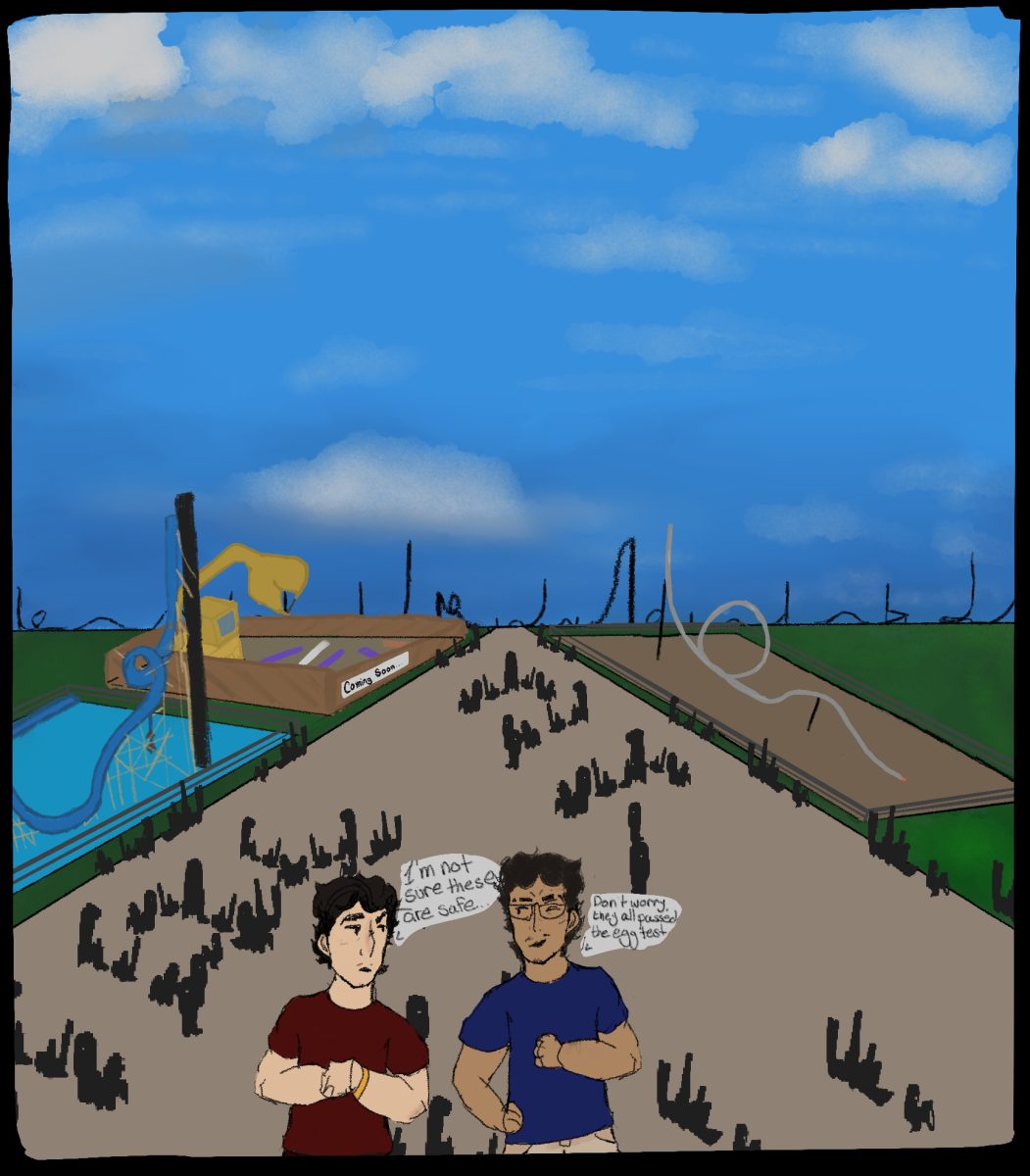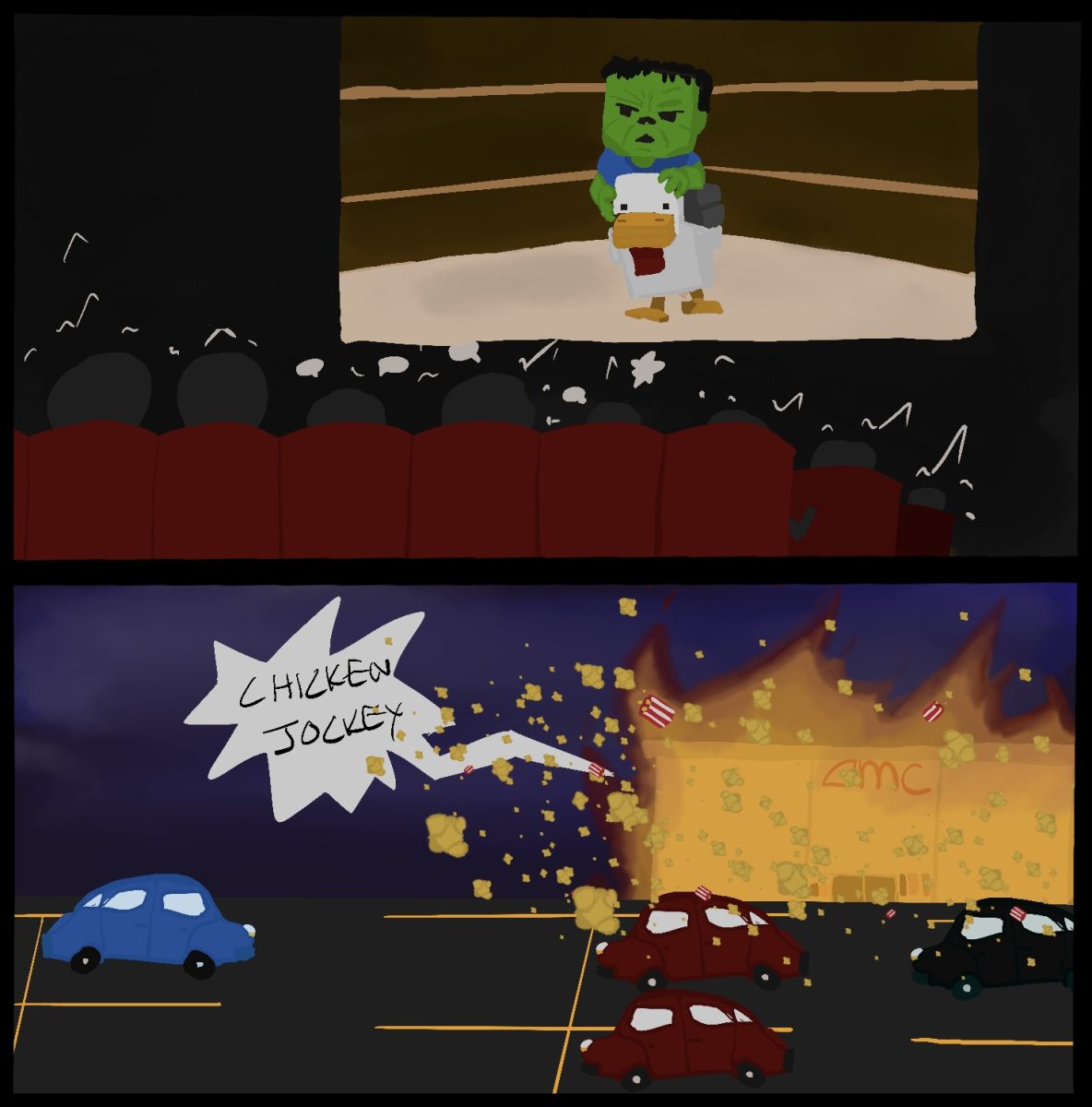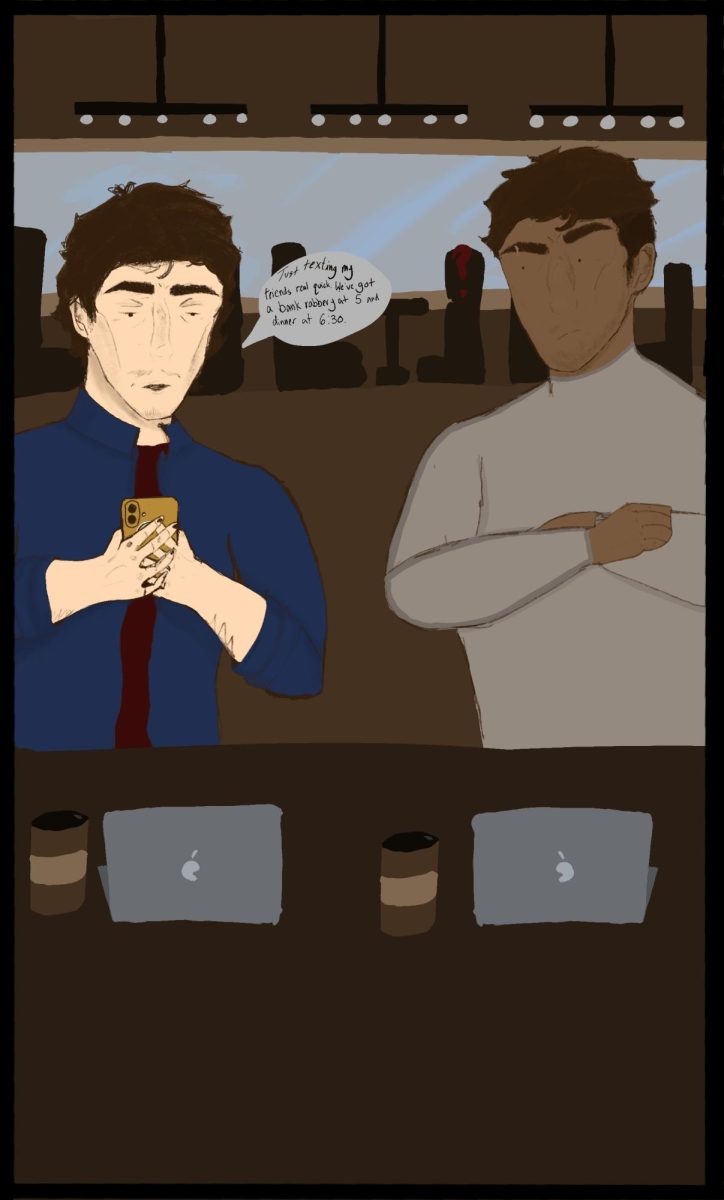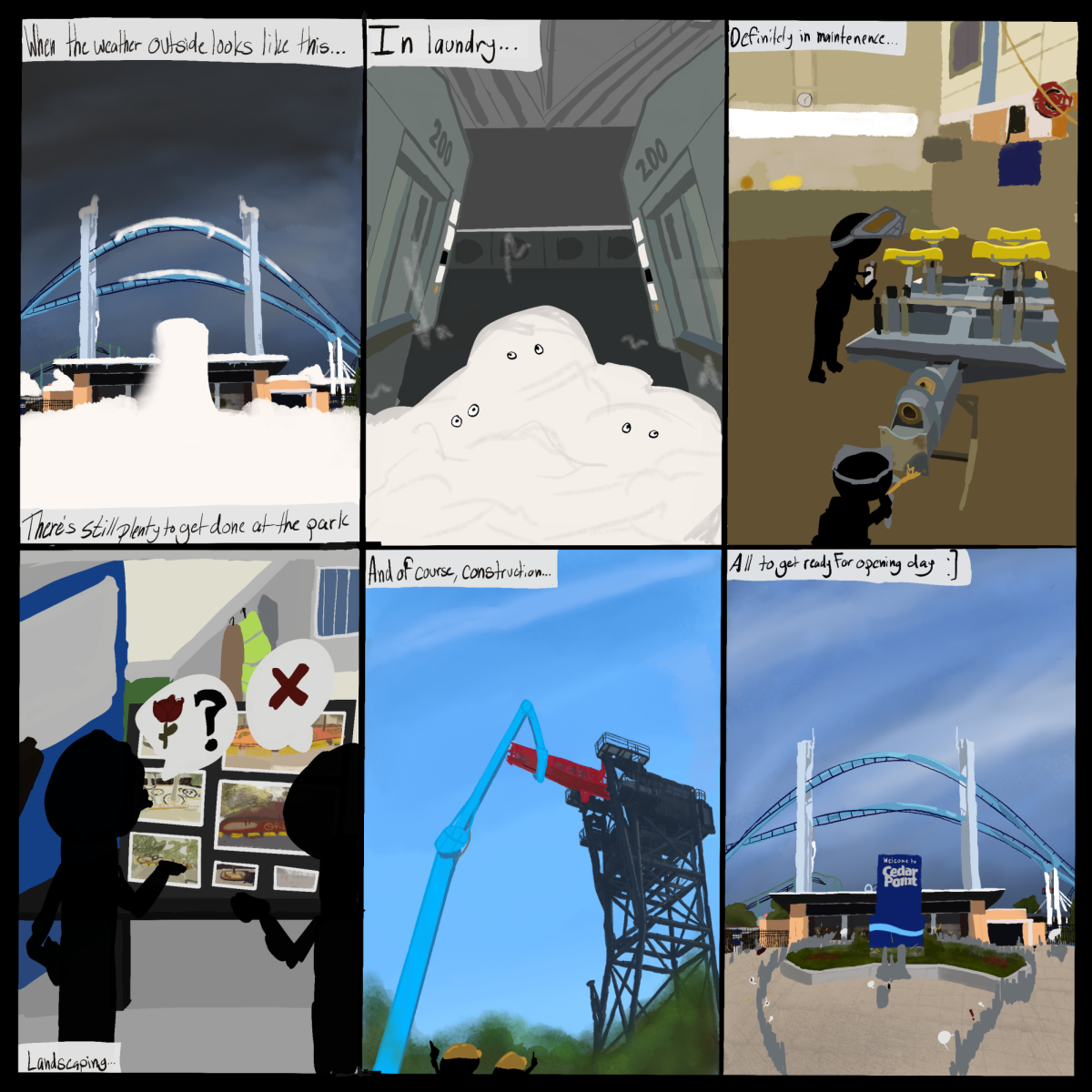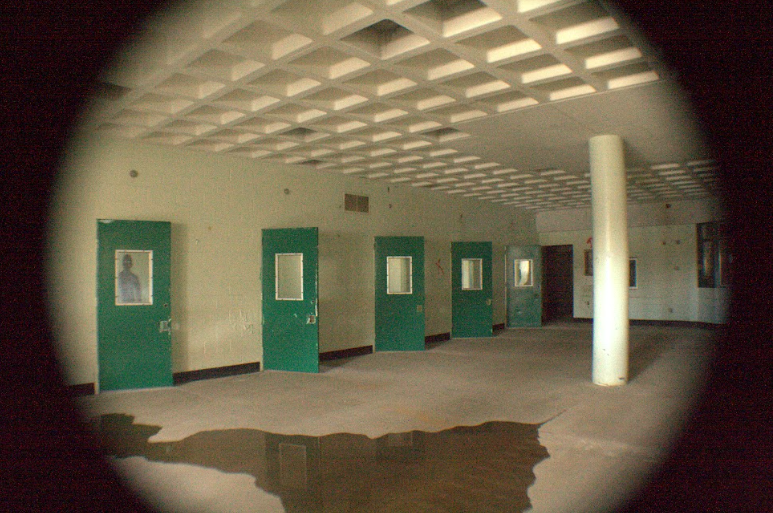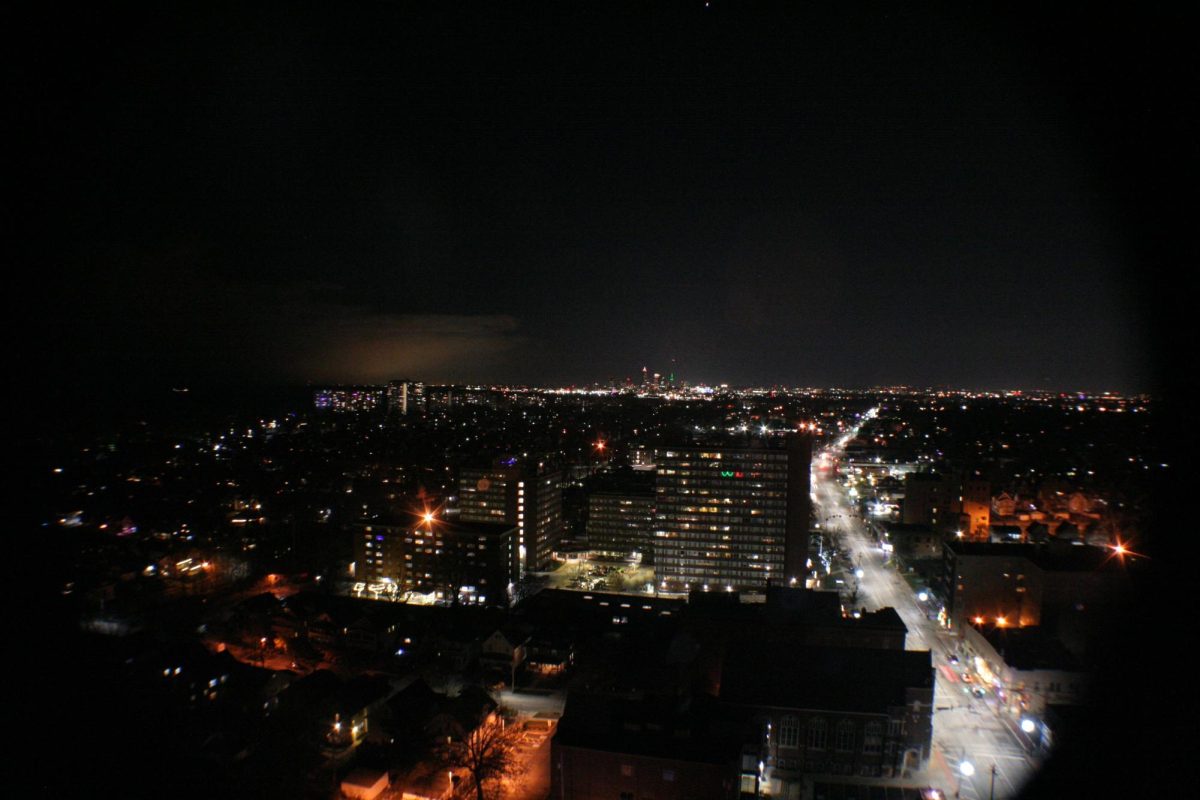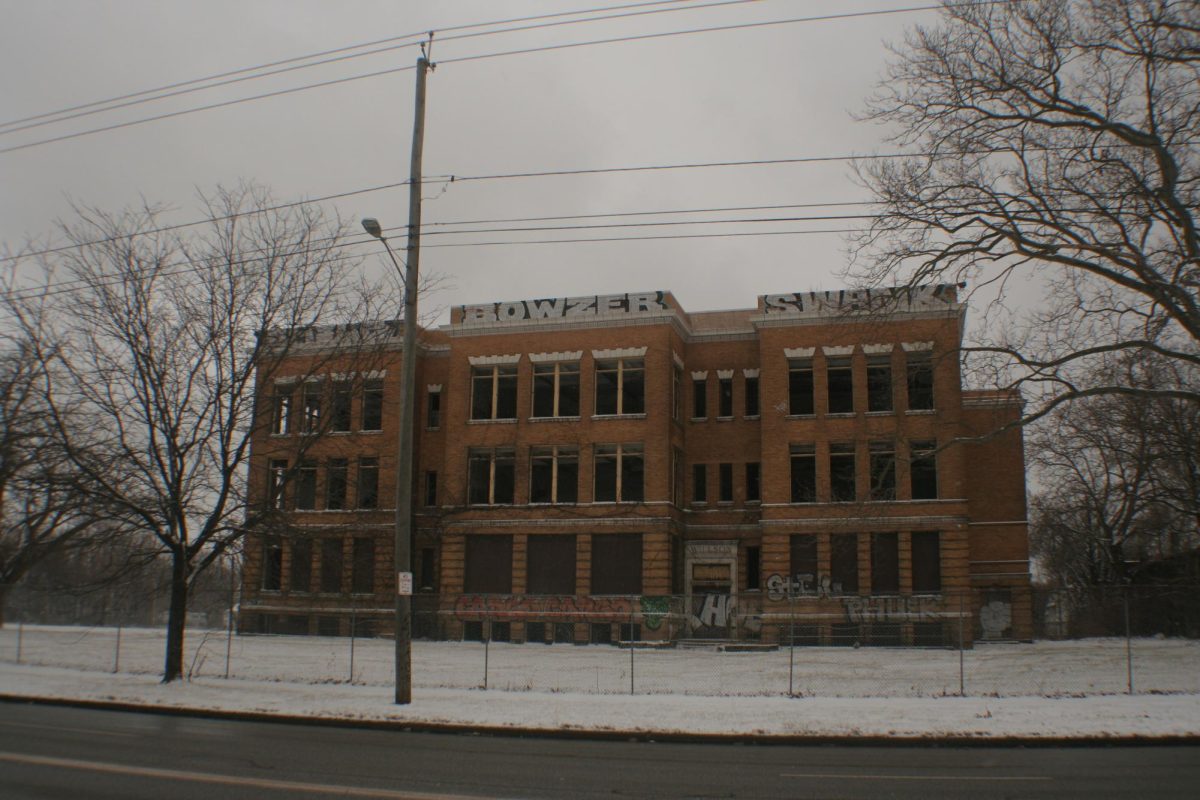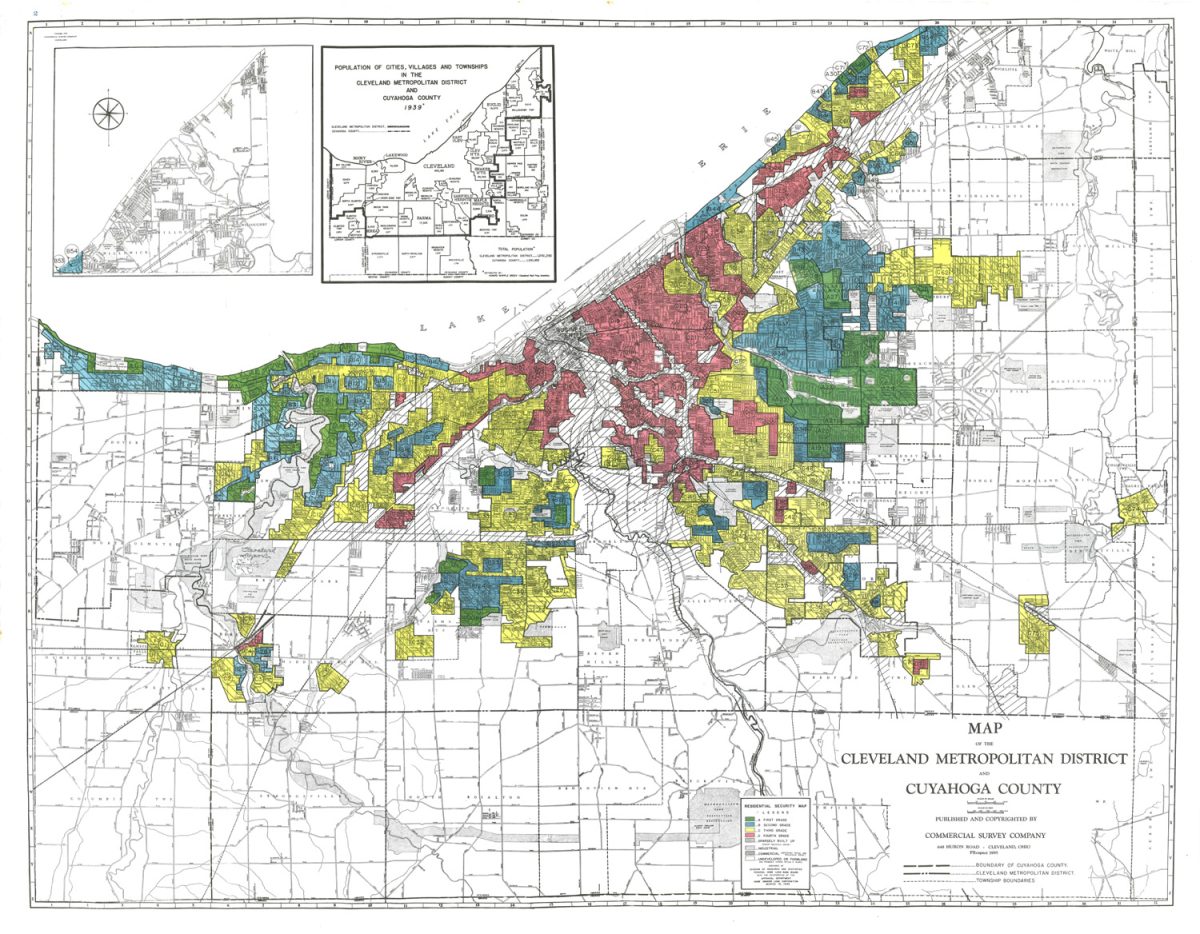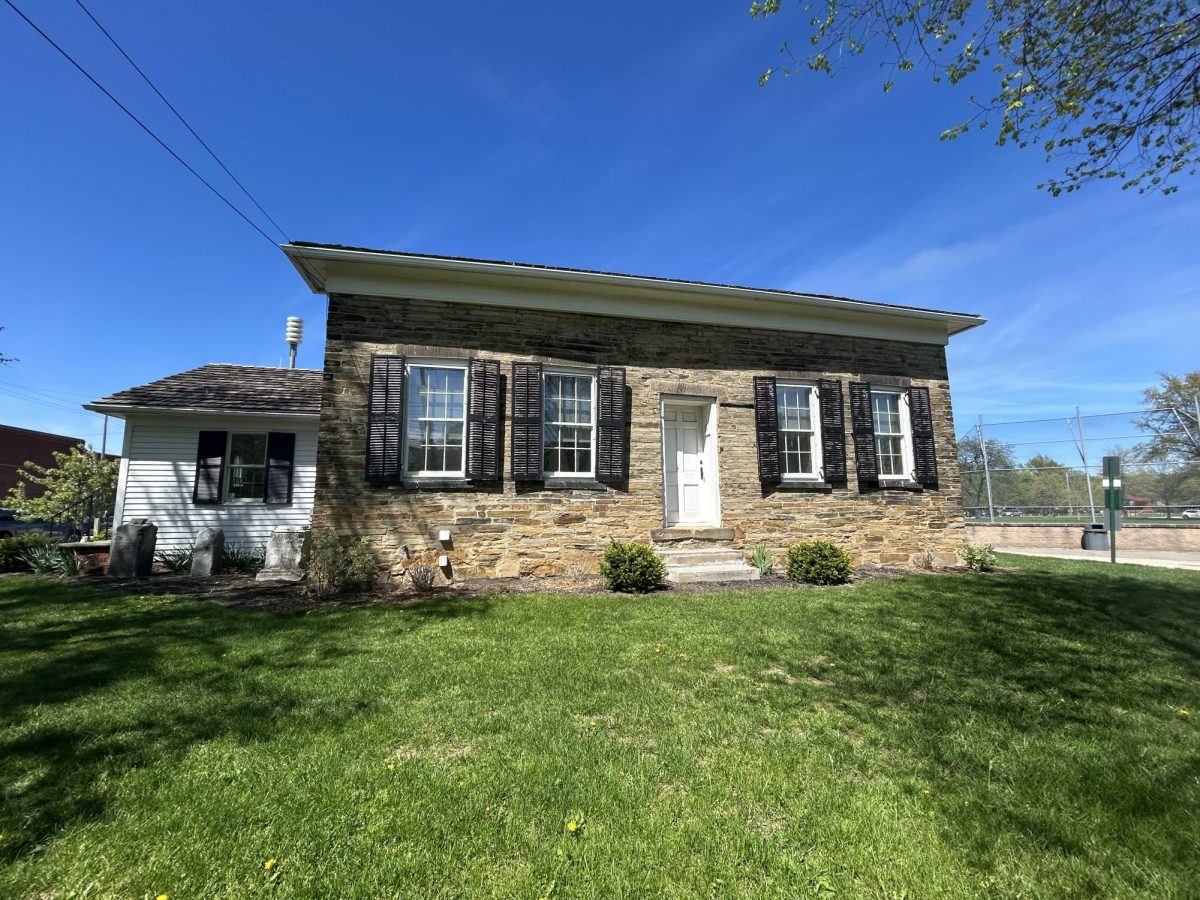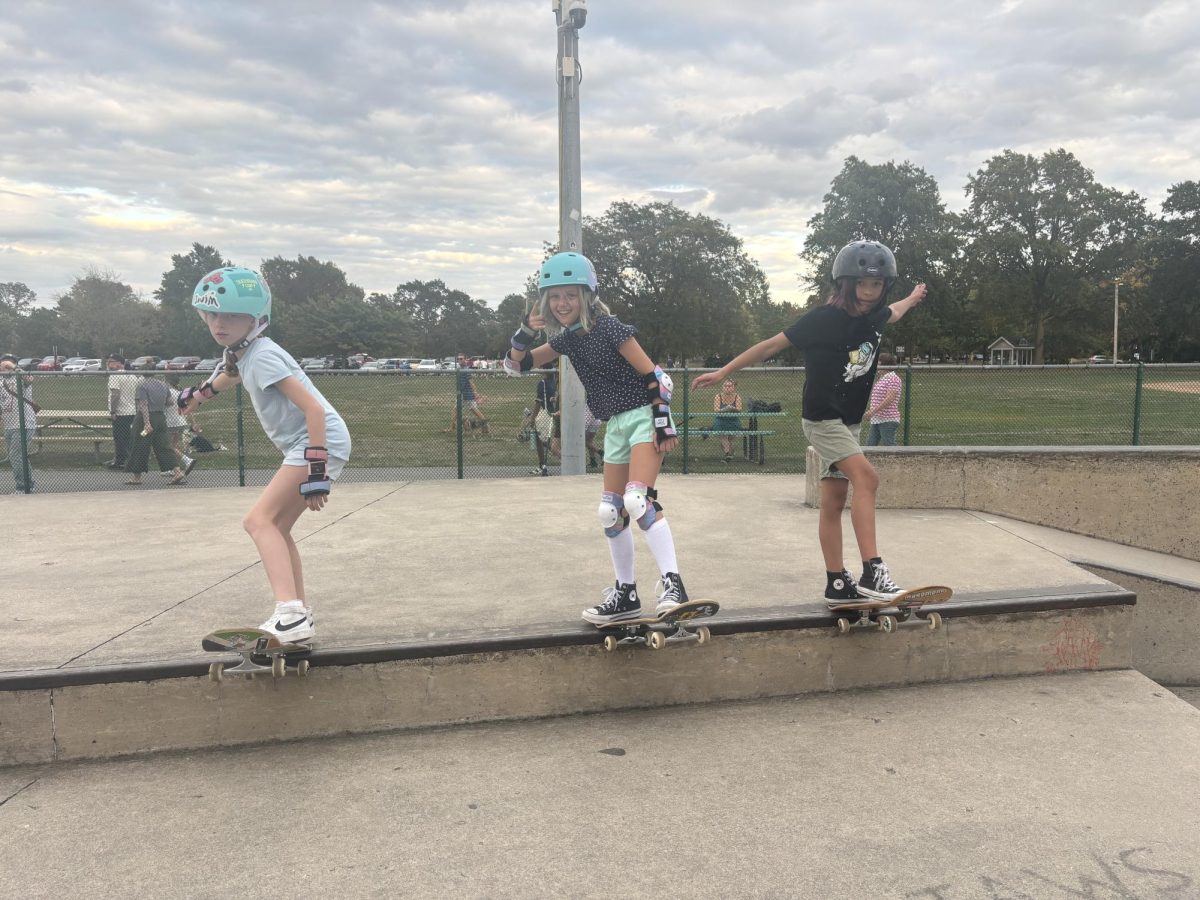In 1834, an immigrant from Scotland, John Honam, settled in Lakewood. He built a house made of sandstone that would be occupied until 1870 and continue to stand throughout the next two centuries. That house is now known as “The Oldest Stone House” because it is the oldest house in Lakewood. The site is now located in Lakewood Park and has been renovated and decorated to mimic what it would have looked like in the 19th century. Any tourists or curious Lakewood residents are welcome to visit on Sundays and Wednesdays from 1-5 p.m.

Margaret Manor Butler, the founder of the Lakewood Historical Society, started a project to relocate and renovate the house in 1952. That year, the house was moved to Lakewood Park, and the restoration began. Public donations funded the project.
The house is now full of artifacts from the 1800s and decorations to make the house feel more authentic. It is open to the public as a museum.
Since it is two centuries old, the house faces specific maintenance challenges.
“You have to watch the humidity, and you also have to watch the heat and the cold. Because you have furniture in there that even though it has been around for a couple hundred years, that increase or decrease in temperature or humidity can really destroy it,” Jim Priester, docent of The Oldest Stone House, said.
The entrance to the house faces Lake Rd, but the entrance to the museum is on the side of the building.
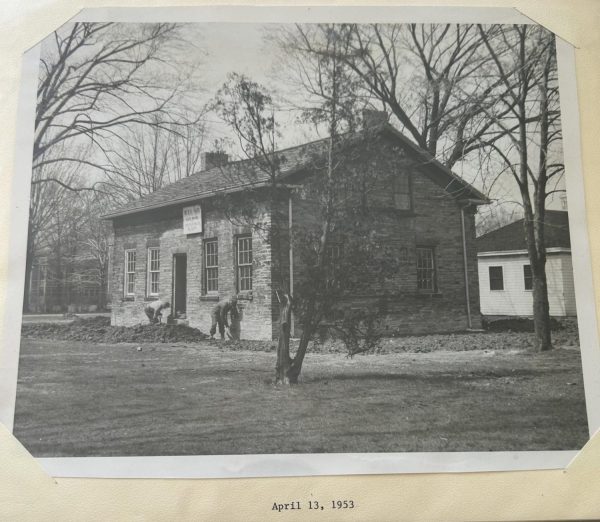
When first walking in, you enter what used to be the kitchen. The area is now an entrance room for visitors. This room has photo albums of the house pre-restoration and a map of Lakewood in the 19th century.
Attached to the kitchen is the dining room/living space. This area has a table surrounded by small chairs and a dry sink fueled by water collected from Lake Erie or the Rocky River. The back of the room has a large fireplace so that the fire could act as a heat source for the whole house. The fireplace was also used for cooking large animals. The artifacts in the room include a butter churner and a shoulder yoke for carrying water.
After walking past the entryway from the dining room, you enter the living room. This room has a desk for studying, a small piano, and a table with checkers placed on it.
In the back of the living room is a schoolroom. In the 1800s, if the weather was particularly bad or children could not attend school, they would be taught at home. Most houses at the time had a room for children to be taught. This room includes two benches, a desk, and an easel with large pieces of paper acting as a whiteboard.
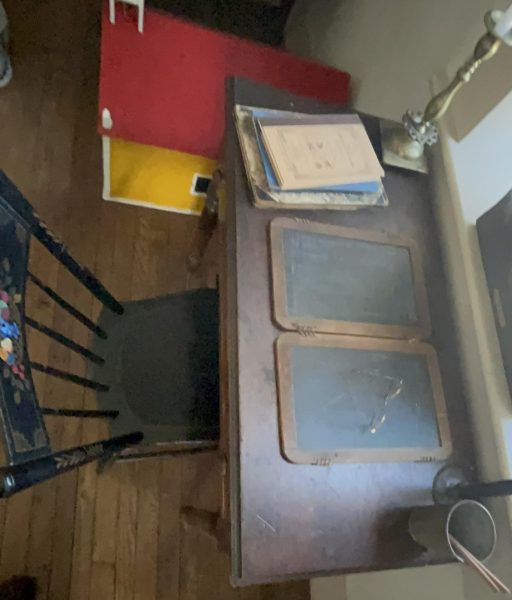
Lakewood High School student, Mary Burton, volunteered at Ohio Heritage camp over the summer and got to work in the Old Stone House.
“It was great working with the kids and teaching them about old traditions,” Burton said. “I also enjoyed hanging out in the Old Stone House when we brought the kids here. The children really enjoyed seeing the old school room.”
Upon a walk back through the living room and across from the entryway, a staircase is visible that leads to two rooms upstairs.
The room to the right is the children’s room. There is a small trundle bed. Trundle beds were popular in the 19th century because they had a pull-out bed beneath them in case visitors had to stay over for the night because of unfortunate weather conditions. To the right of the trundle bed is an assortment of dolls and a sewing machine. The doll’s bodies are made of soft material, and their faces are made of porcelain.
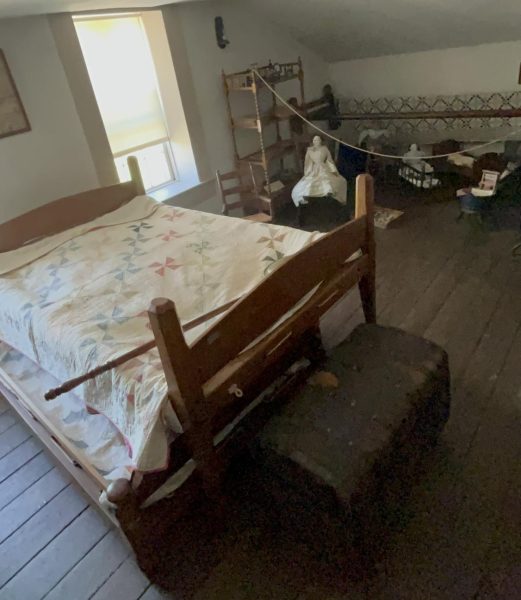
The room to the left of the staircase is an adult’s bedroom. This room has a bed, a baby’s cradle, a commode toilet, and a dresser. The baby’s cradle was deep, so a blanket could be placed over it to keep children warm. During the 19th century, domestic cats and dogs also became more popular. Sometimes, families would place their pets in the cradle with their children to keep them warm as well.
The house is used for tours and a summer camp called Ohio Heritage Summer Camp.
“We have a program in the summer for young school children,” Priester said. “They get to learn how to make butter and make all sorts of things.”
Lakewood High student Jane Wagle attended the camp in 5th grade.
“It was a unique experience and something I don’t think I’ll ever have the opportunity to do again,” Wagle said. “I remember making candles, butter, and ice cream all from scratch.”
The Oldest Stone House is a crucial part of Lakewood’s history. It has been standing for nearly two hundred years and is set to remain a museum for generations to come.

